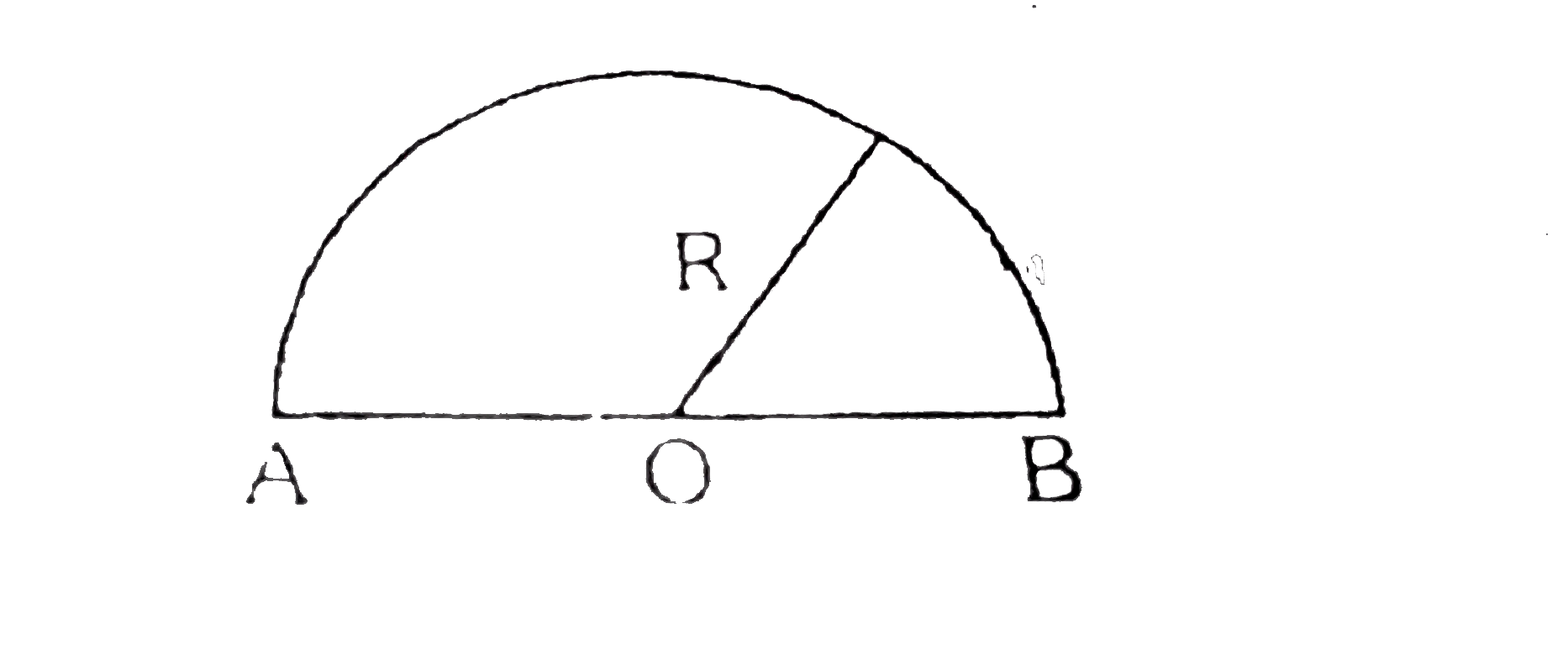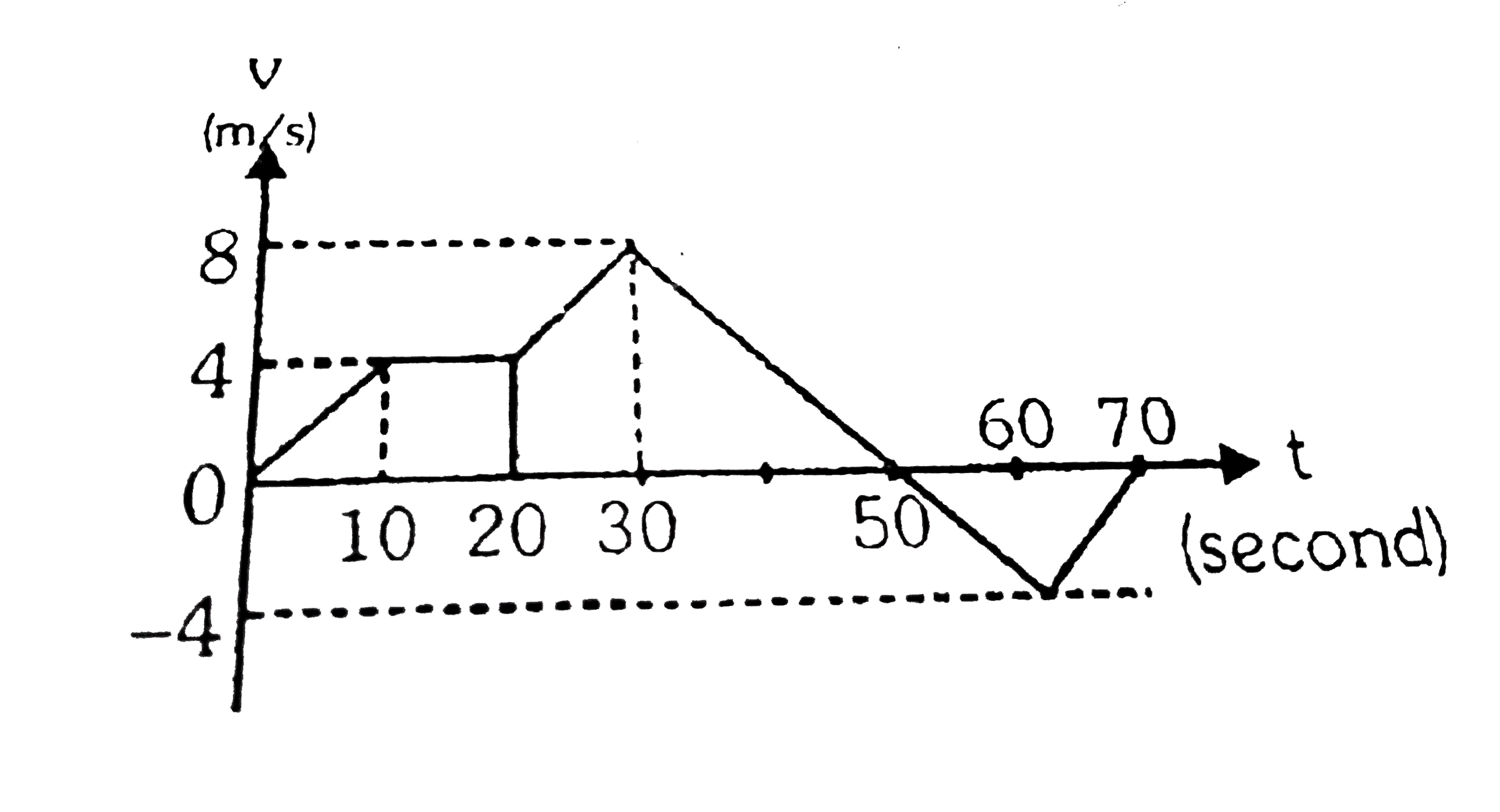Statement-I : When the direction of motion of a particle moving in a circular path is reversed the direction of radial acceleration still remains the same (at the given point).
Statement-II : Particle revolves on circular path in any direction such as clockwise or anticlockwise the direction of radius accelerationis always towards the centre of the circular path.Solution in Gujrati
Statement-I is true, Statement-II is true, Statement-II is correct explanation for Statement-I
Statement-I is true, Statement-II is true, Statement-II is NOT a correct explanation for Statement-I
Statement-I is true, Statement-II is false
Statement-I is false, Statement-II is true.
The correct Answer is:A
Step by step video, text & image solution for Statement-I : When the direction of motion of a particle moving in a circular path is reversed the direction of radial acceleration still remains the same (at the given point). Statement-II : Particle revolves on circular path in any direction such as clockwise or anticlockwise the direction of radius accelerationis always towards the centre of the circular path. by Physics experts to help you in doubts & scoring excellent marks in Class 11 exams.
Updated on:21/07/2023Topper's Solved these Questions
- KINEMATICSBOOK - ALLEN CHAPTER - KINEMATICSEXERCISE - Comprehension#1
3 Videos
- KINEMATICSBOOK - ALLEN CHAPTER - KINEMATICSEXERCISE - Comprehension#2
5 Videos
- KINEMATICSBOOK - ALLEN CHAPTER - KINEMATICSEXERCISE - EXERCISE-03
6 Videos
- ERROR AND MEASUREMENTBOOK - ALLEN CHAPTER - ERROR AND MEASUREMENTEXERCISE - Part-2(Exercise-2)(B)
22 Videos
- KINEMATICS (MOTION ALONG A STRAIGHT LINE AND MOTION IN A PLANE)BOOK - ALLEN CHAPTER - KINEMATICS (MOTION ALONG A STRAIGHT LINE AND MOTION IN A PLANE)EXERCISE - BEGINNER S BOX-7
8 Videos
Similar Questions
Distance is a scalar quantity. Displacement is a vector quqntity. The magnitude of displacement is always less than or equal to distance. For a moving body displacement can be zero but distance cannot be zero. Same concept is applicable regarding velocity and speed. Acceleration is the rate of change of velocity. If acceleration is constant, then equations of kinematics are applicable for one dimensional motion under the gravity in which air resistance is considered, then the value of acceleration depends on the density of medium. Each motion is measured with respect of frame of reference. Relative velocity may be greater/ smaller to the individual velocities.
A particle moves from A to B. Then the ratio of distance to displacement is :-

View SolutionA car is moving on a straight road. The velocity of the car varies with time as shown in the figure. Initially (at t=0), the car was at x=0, where, x is the position of the car at any time 't'.

The variation of acceleration (a) with time (t) will be best represented by :-
View SolutionThe equation of one dimensional motion of the particle is described in column I. At t=0, particle is at origin and at rest. Match the column I with the statement in Column II.
Column IColumn II(A)x=(3t2+2)m(p)Velocity of particle at t=1s is 8m/s(B)v=8tm/s(q)Particle moves with uniform acceleration(C)a=16t(r)Particle moves with variable acceleration(D)v=6t−3t2(s)Particle will change its direction some time
View SolutionA cube has a side of length 1.2×10−2m. Calculate its volume.
View SolutionA football player kicks a ball at an angle of 30∘ with an initial speed of 20 m/s. Assuming that the ball travels in a vertical plane, calculate (a) the time at which the ball reaches the highest point (b) the maximum height reached (c) the horizontal range of the ball (d) the time for which the ball is in the air, (g=10m/s2)
View SolutionSTATEMENT-1: The net acceleration of a particle in circular motion is always directed radially inward.
STATEMENT-2: Whenever a particle moves in a circular path an acceleration existx which is directed towards the centre.
View SolutionIf a particle moves in a circular path in clockwise direction after entering into a downward vertical magnetic field. The charge on the particle is-
View SolutionA particle revolves round a circular path. The acceleration of the particle is
View SolutionFor a particle revolving in a circular path, the acceleration of the particle is
View Solutionएक कण कागज के तल में वृत्तीय पथ पर ω कोणीय वेग से वामावर्त ( anticlockwise) दिशा में गतिमान हैं । कण के कोणीय वेग (ω) तथा कोणीय त्वरण (∝) की दिशा क्या होगी यदि समय के साथ (i) बढ़ रहा हैं , (ii) घट रहा हैं ?
View Solutionएकसमान चुंबकीय क्षेत्र में आवेशित कण के वृत्तीय मार्ग में गति के लिए (i) वृत्तीय मार्ग की त्रिज्या तथा (ii) कण के आवर्तकाल के लिए व्यंजक प्राप्त कीजिए ।
View SolutionThe direction of acceleration of an object moving along a circular path is always
View SolutionA particle is in clockwise uniform circular motion the direction of its acceleration is radially inward. If sense of rotation of particle is anticlockwise then what is the direction of its acceleration ?
View SolutionIf a particle is moving on a circular path with constant speed, then the angle between the direction of acceleration and its position vector w.r.t. centre of circle will be
View SolutionA particle is in clockwise uniform circular motion the direction of its acceleration is radially inward. If sense of rotation or particle is anti-clockwise then what is the direction of its acceleration?
View SolutionFor a particle revolving in a circular path, the acceleration of the particle is
View Solution
